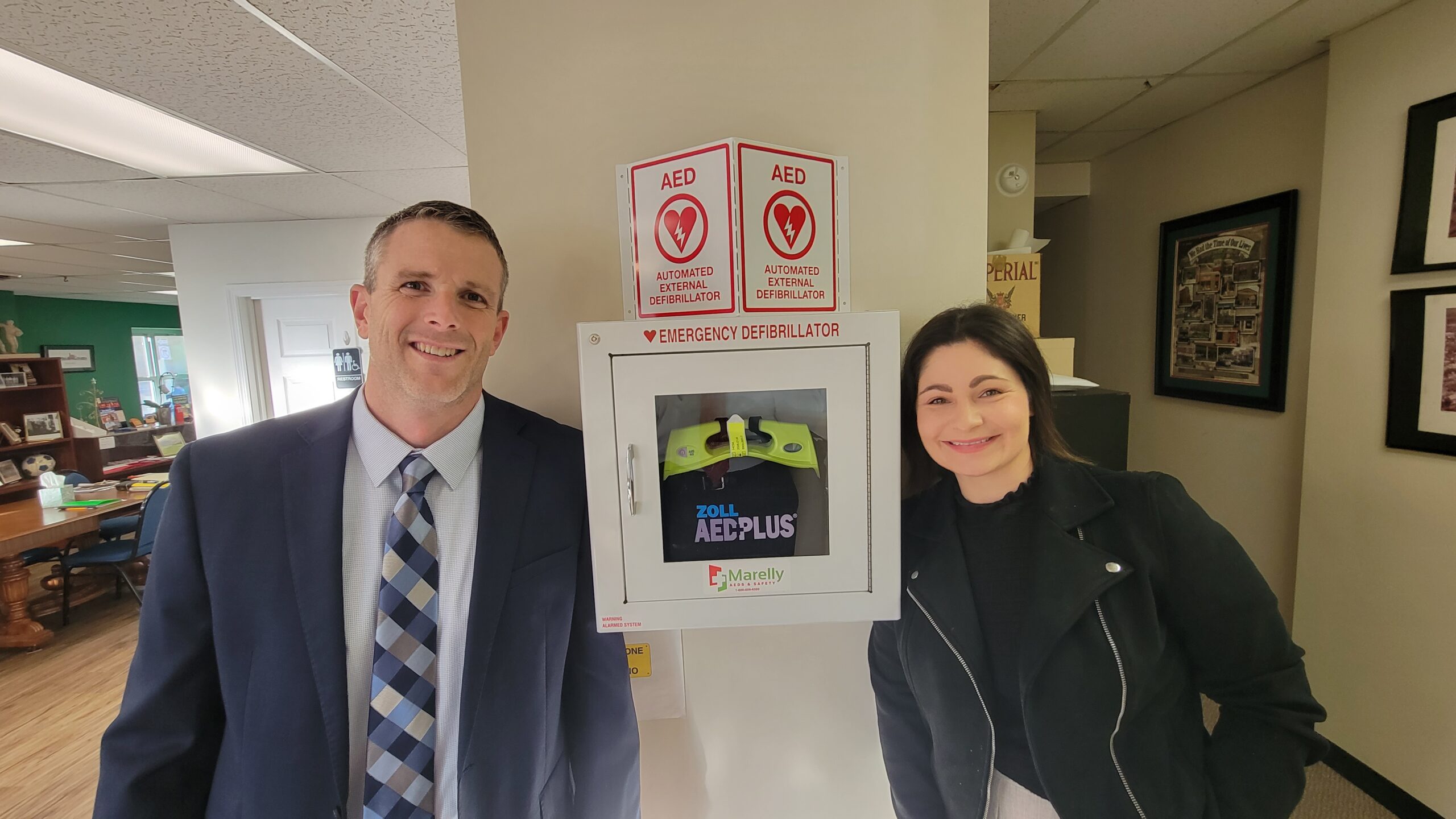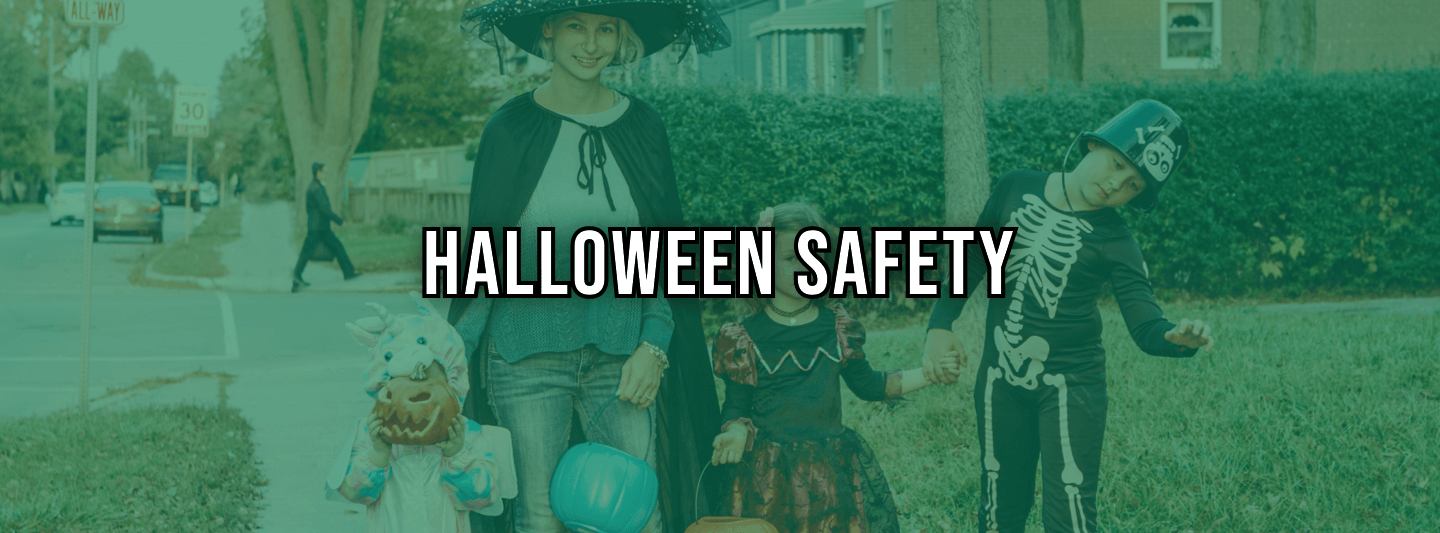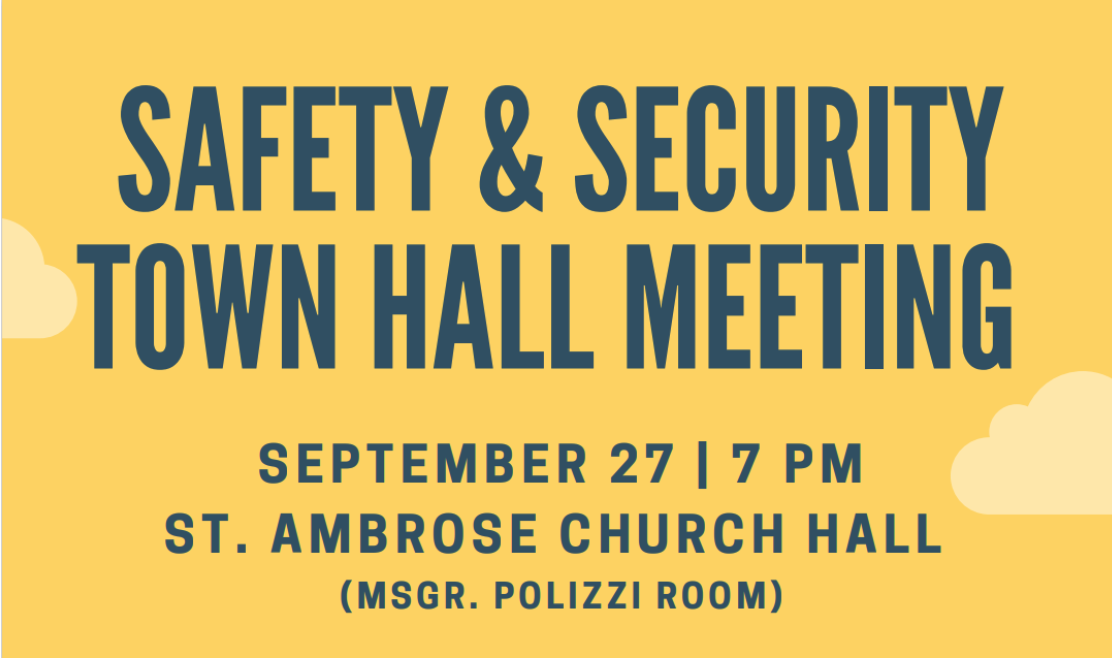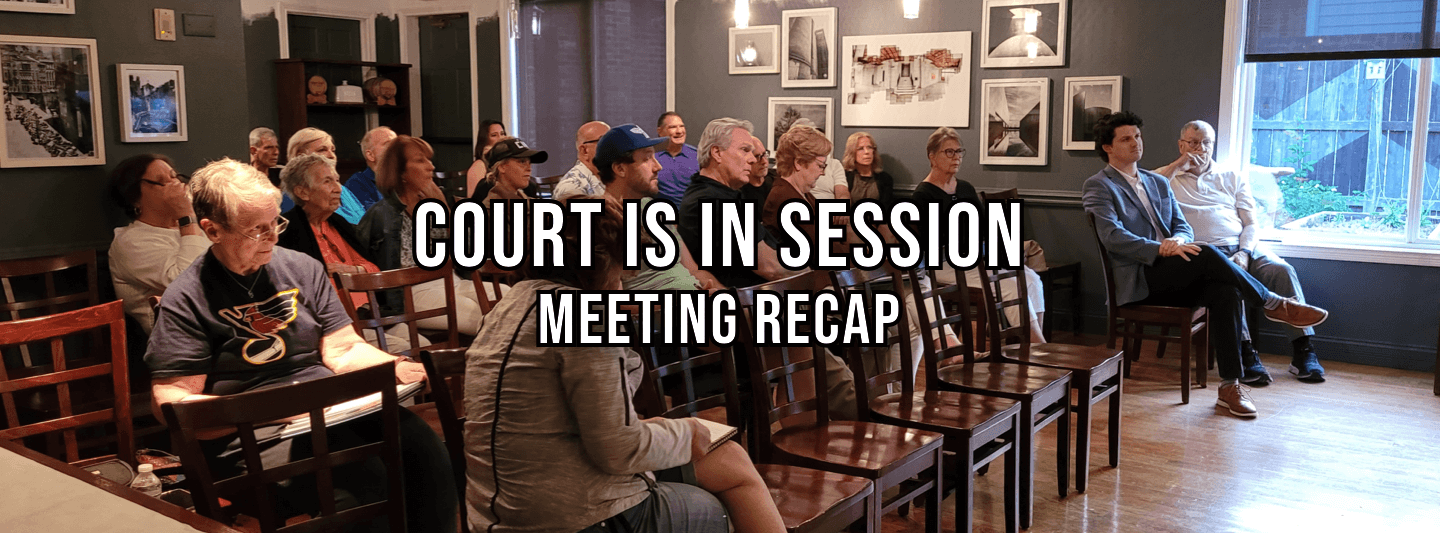According to the National Safety Council, children are more than twice as likely to be hit by a car and killed on Halloween than on any other day of the year. Additionally, October is the second leading month for motor vehicle deaths with 3,550. To help ensure adults and children have a safe holiday, the American Academy of Pediatrics has compiled this list of Halloween Safety Tips:
- A responsible adult should always accompany young children.
- If older kids go alone, plan and review a route acceptable to you.
- Older kids should travel in familiar, well-lit areas and stick with friends.
- Agree on a specific time children should return home.
- Wear reflective tape on costumes and bags.
- Avoid masks, which can obstruct vision.
- Remind kids to keep their heads up, look both ways, and walk (don’t run) across streets.
- All pedestrians (kids, teens, and adults) should put phones down when walking around and crossing streets.
- Kids should never enter a stranger’s home or car.
- Tell your children not to eat any treats until they return home.
- All costumes, wigs, and accessories should be fire-resistant.
- When buying Halloween makeup, make sure it is nontoxic and always test it in a small area first.
- Remove all makeup before children go to bed to prevent skin and eye irritation.
The NSC offers these additional safety tips for anyone who plans to be on the road during trick-or-treat hours:
- Put your phone down and eliminate distractions.
- Watch for children walking on roadways and sidewalks.
- Enter and exit driveways and alleys carefully.
- At twilight and later in the evening, watch for children in dark clothing.
- Go extra slow in subdivisions – where children could dart across streets unexpectedly.
- Discourage new, inexperienced drivers from driving on Halloween.
Is this conversation helpful so far?









